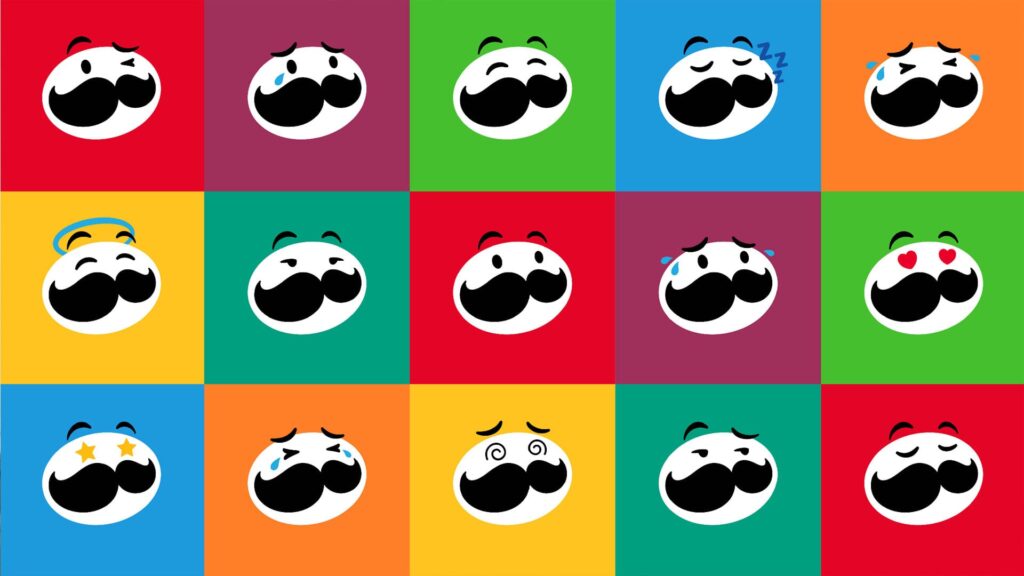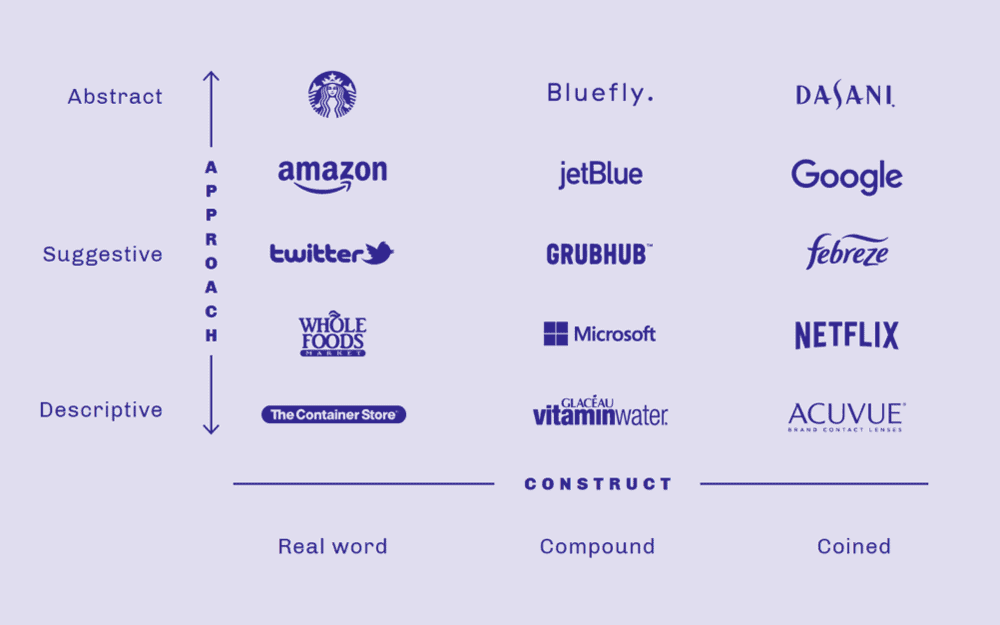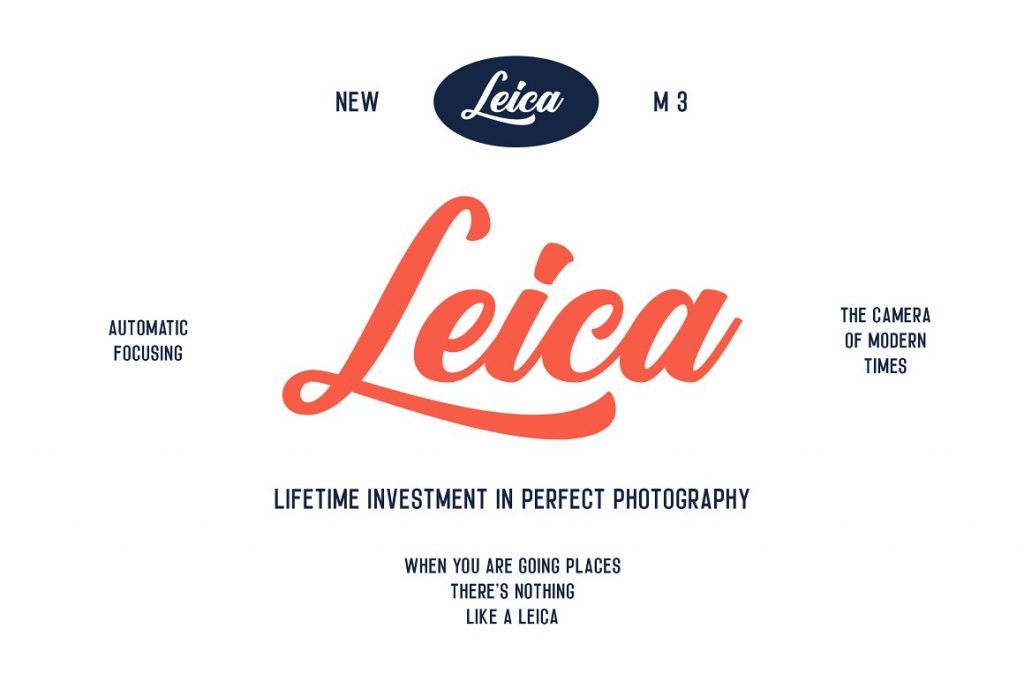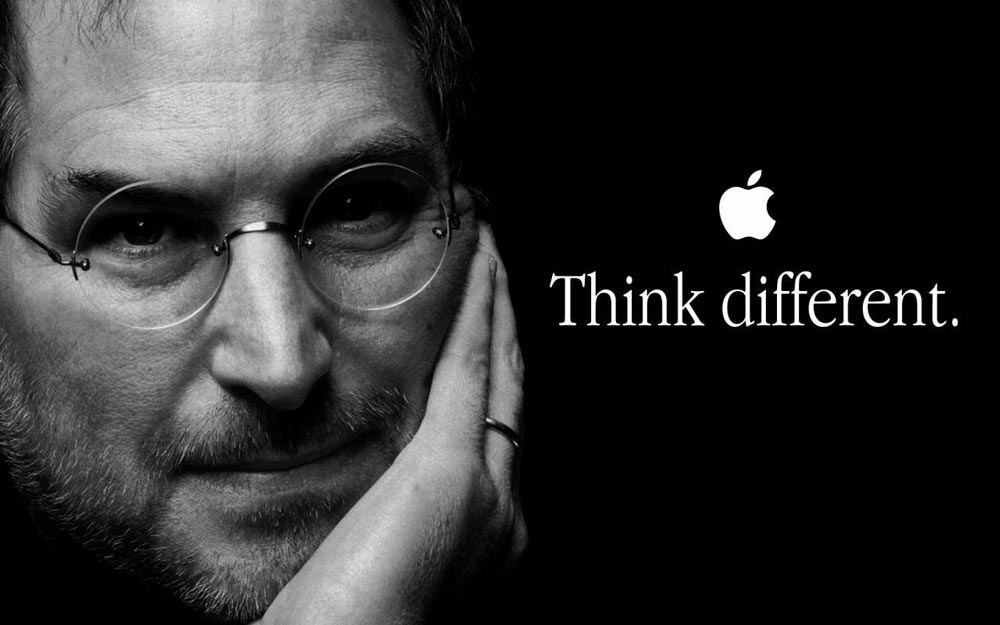9 Essential Elements of a Cohesive Brand Identity
Most companies rely on their brand to accurately represent their company and their products. Unfortunately, many fail to understand that all the elements of your brand need to come together to achieve a cohesive brand strategy. Furthermore, your brand is more than just a picture with your company name attached. To help you find your footing, we will review all the essential elements of a cohesive brand identity.
After reviewing our guide, you will be ready to give your brand a makeover to help you stand out. However, if you have any issues, please contact us. As a creative branding agency and graphic design studio, we know how difficult it can be for small companies and business owners to create a compelling brand identity.
Table of Contents
What Is a Brand?

Before diving into the individual elements of a cohesive brand identity, we want to define a brand accurately. If you have not realised it, your brand is your company's most valuable asset. However, it is much more than just a printout of your products. That is just a visual representation of your brand. If it's that essential for your company, you must know what makes up a brand. And yet, most business owners would need help explaining what a brand is.
The brand itself is intangible. It is the sum of perceptions, feelings, and values that people experience when they see your product, company name, or logo. Although brands and the elements they are composed of are, for the most part, intangible, their impact on your company is genuine. A compelling brand image can add perceived value to your company and your products.
When carefully managed, a brand identity can attract new customers and instil trust and loyalty in your existing customer base. Sadly, a mismanaged brand can also cause much harm. Therefore, you should be very careful when designing and developing your brand. A successful brand strategy can help you achieve your goals and grow your business when properly executed. Let's consider all the elements that must come together while developing your brand.
9 Elements of a Cohesive Brand Identity
1 – Name

A brand name is what most people think of when you start talking about companies and brands. As it stands, the name is probably the most essential element of your brand. Industry wisdom dictates that a brand name shouldn't be more than a few words. If you look at some of the most notable brands, you'll notice that they rarely have more than one or two words.
When creating a brand name, you must choose a word encompassing your entire company's values. The name should immediately instil a sense of who your company is and what your products represent. Your brand name is one of the first things customers will encounter when they come across your company.
There are a few critical factors to consider when thinking up a name to represent your brand:
- Existing products or companies with similar names. Don't ride on the coattails of others. Set yourself apart with a unique brand name. Be particularly careful to distinguish yourself from companies within your niche.
- Differences in global markets. How well does your brand name carry over to different languages? Consider the markets where you plan to promote your products. Check if your chosen brand name has any connotations you weren't aware of.
2 – Colour

Although you could think up an appropriate brand name by yourself, choosing a suitable colour scheme requires a solid understanding of graphic design. Logically, business owners and brand managers usually outsource this work to professional graphic designers with experience in creative branding. On the other hand, if you make these design choices, carefully consider how powerful specific colours can impact your brand.
You don't necessarily need to pick just one colour to represent your brand. It is entirely possible to select several matching colour tones. However, it would help if you remembered that overly complex designs might be difficult to carry over to different mediums. When in doubt, try sticking to something simple that will look good in monochrome. This will give your brand versatility and allow you to apply the chosen colour to any physical or digital medium.
Regardless of who is doing the graphic design and colour choices, putting together a design bible would be a good idea. Think of it as a style guide for your brand. It will help you and other designers stay consistent when applying the elements of a cohesive brand identity.
3 – Logo

People who struggle with basic design and marketing concepts sometimes equate to logo design and brand. Your logo is, undoubtedly, an essential element of your brand. A logo is a visual symbol or design your organisation uses to distinguish your brand. Logos are visible trademarks, which means they are often much easier to remember than a brand's name. This makes your logo the most recognisable element of your overall brand identity.
Your logo must be memorable, adaptable, and representational of your company values. We realise these are heavy responsibilities to lay down on a single element of your brand identity, so let's cover them in more detail.
- Memorable. Your logo must be unique enough to stand out yet simple enough to be easily memorable. Although this is a difficult balance, numerous brands need help to accomplish it flawlessly. For example, if we ask you to visualise Nike, you can imagine its stylised Swoosh logo.
- Adaptable. A logo must work equally well when printed on products or your website. The design should also scale well when it is reduced or enlarged.
- Representational. Does your logo communicate your line of business and company values? The best logos can effortlessly achieve both and speak for your brand. You'll know that you've succeeded if audiences can instantly understand what your company is about just by looking at your logo.
Also, note that some companies use words and their brand name as their logo instead of a stylised image. Notable examples of this approach are Google and FedEx. In graphic design, this is typically referred to as a wordmark.
4 – Shapes

You might think that graphic design ends with the logo; however, to achieve a cohesive brand identity, you should use a unified look across your entire corporate branding. The use of shapes is where many brands stumble and fall since they relegate this design element to an afterthought. The truth is that abstract shapes, patterns, and geometric designs will permeate your website, products, and printed materials.
Shapes play an integral role in product design. By applying the same forms, you use in your branding to your products – you can achieve a unique look. This can help you stand out from other products with generic shapes. For example, most people can recognise Coca-Cola from a simple bottle outline. Those same shapes and curves are present in their logo and other branding.
5 – Graphics

Branded graphics typically combine your chosen colours and shapes. Their primary purpose is to support the main logo; however, when carefully designed – they can be standalone representations of your brand. Audiences can even begin to distinguish them just as much as your logo or brand name. Brand graphics will be used across all your promotional materials and marketing campaigns. Therefore, it's essential that they accurately communicate your brand values.
If you realise that your current brand choices don't line up to allow your graphics to stand in their own right, it may be time for a rebranding. Redesigning your logo and rebranding can give your brand the versatility to stand out and resonate with audiences.
6 – Images

No matter how much effort goes into designing your logo, you'll occasionally need to post other images. Even if you are a small business owner and don't have the marketing budget for a personalised photo shoot, you should still attempt to use consistent stock imagery. Ensure the images you use in marketing all have similar qualities. These should include the following:
- Colour tones consistent with your brand identity.
- Similar photo filters and the use of brand shapes and graphics.
- Unified product representation and positioning.
- Imagery that supports your brand values and resonates with your target audience.
7 – Typeface(s)

Your choice of font and typography will send a powerful message to your customers. Will you choose a sleek and professional-looking font with sharp edges and bold lines? Or will you go with a stylised and curvy font that is more relaxed? While both options are equally valid, you should pick a font that complements your other brand elements to achieve a cohesive brand identity.
If you want your brand to be warm and playful, use a decorative font with several colours. Alternatively, use a neutral font for a professional and corporate feel.
It is also possible to effectively use more than one font. For example, you can use one for your brand's logo, another for headings or titles, and a third for general-use text. After selecting the fonts you wish to use, you must ensure that all your employees effectively use them across all platforms.
8 – Slogan or Catchphrase

Not all companies use slogans, but this brand element can help your business become more memorable. Slogans, catchphrases, or jingles can be essential if you try to find yourself in the already-established competition. Remember Apple's “Think Different” or Subway's “Eat Fresh” catchphrase. Those taglines are practically synonymous with the brands they represent.
If you decide to adopt a slogan, it must represent what your company does. Using a different tagline for each marketing campaign can get confusing, and it may even alienate your audience. Your slogan must be robust and agile to adapt to every situation and represent your brand and company values.
9 – Tone and Voice

Some marketers believe that your brand should speak for you. As accurate as that may be, you will still need to make the occasional press release or public statement. Think about how you want your brand to come across when you make these statements or even in your marketing material. Is your brand funny and approachable, or are you no-nonsense and academic? Find the right voice for your brand to properly align with the core values you want the brand to represent.
Bringing These Elements Together
Now that we've reviewed the essential elements of a cohesive brand identity, you should have a solid framework for developing your brand. We already mentioned that it would be a good idea to have a design bible that outlines the correct use of all the design elements. However, you must also ensure that all employees, particularly designers, marketers, and promoters are familiar with your design guidelines. More importantly, it would be best to stress the importance of permanently adhering to the brand identity.
Reaching an Audience with Your Brand
Once you have carefully assembled your brand identity, you will still need to develop a way of reaching your target audience. Thankfully, most traditional marketing approaches should yield good results. However, brand marketing typically relies on recognition and perceived value. You can contact online portals relevant to your industry or PR companies to get the ball rolling. When choosing a PR agency, you should find the right PR partner who has experience with companies in your niche. PR agencies can also help you find your footing if you have performed a brand redesign.
Closing Thoughts
Your brand is composed of many different elements. Managing them can be a handful; however, if you effectively utilise all the essential features of a cohesive brand identity, you can create an influential and recognisable brand. Remember that when it comes to developing your brand identity, you'll need to revisit and inspect each aspect of your brand constantly. Don't be afraid to iterate and make changes if certain parts of your branding aren't performing as expected. Over time, your brand identity will become refined and garner a positive response from your audience.
